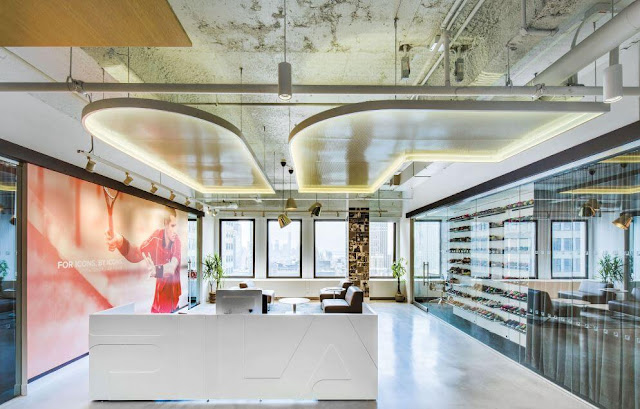Designing for the future of Healthcare: How technology impact and integration can change the Interior Design
Healthcare interior design has come a long way in recent years, as technology has played an increasingly important role in the way healthcare facilities are designed. As technology continues to evolve, healthcare interior design must adapt to meet the changing needs of patients, staff, and the healthcare industry as a whole. In this blog post, we'll discuss some of the ways in which technology is impacting healthcare interior design and how it is being integrated into the design of healthcare facilities.
One of the most significant ways in which technology is impacting healthcare interior design is through the use of digital displays. These displays can be used to show patient information, educational content, and even real-time updates on wait times and appointment schedules. This can help to improve the patient experience by providing them with relevant and useful information during their visit. Additionally, digital displays can also be used to create a more engaging and interactive environment, helping to reduce stress and anxiety.
Another way in which technology is impacting healthcare interior design is through the use of smart technology. Smart technology, such as internet of things (IoT) devices, can be used to collect data on patient behavior and movements. This data can then be used to optimize the design of healthcare facilities, making them more efficient and effective. For example, sensors can track the flow of patients and staff throughout the facility, which can help to reduce wait times and improve patient care.
Virtual and Augmented Reality technology are becoming increasingly popular in the healthcare industry, they can be used in different ways such as therapy, education, remote consultation and other use cases. They can be used to provide patients with virtual tours of the facility, allowing them to familiarize themselves with the layout and services before their visit. This can help to reduce stress and anxiety, as well as provide patients with a better understanding of what to expect during their visit. It can also be a valuable tool for training medical staff, allowing them to practice procedures in a virtual environment before working on real patients.
Technology is also playing a significant role in the design of patient rooms. For example, the use of advanced lighting systems, such as circadian rhythm lighting, can help to improve patient sleep patterns and promote healing. Additionally, the integration of technology such as bedside computers, tablets and other devices that allows patients to access educational materials, entertainment and other information. This can help to keep patients engaged and improve the overall patient experience.
In conclusion, technology is playing an increasingly important role in healthcare interior design. By integrating digital displays, smart technology, virtual and augmented reality, and advanced lighting systems into the design of healthcare facilities, healthcare providers can create a more efficient, effective, and patient-centered environment. With the right design, healthcare facilities can improve patient outcomes and create a more comfortable and healing environment for patients and staff alike. With the healthcare industry constantly changing, healthcare interior design must adapt and integrate technology to keep up with the demands of the future.


%20(1).jpg)
Comments
Post a Comment